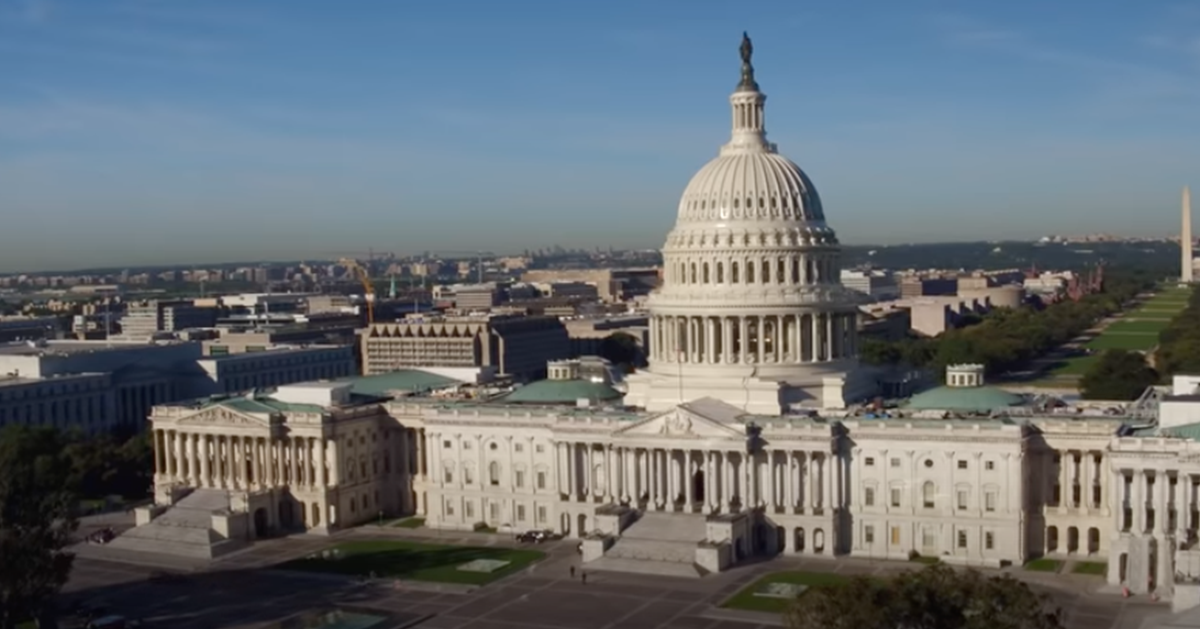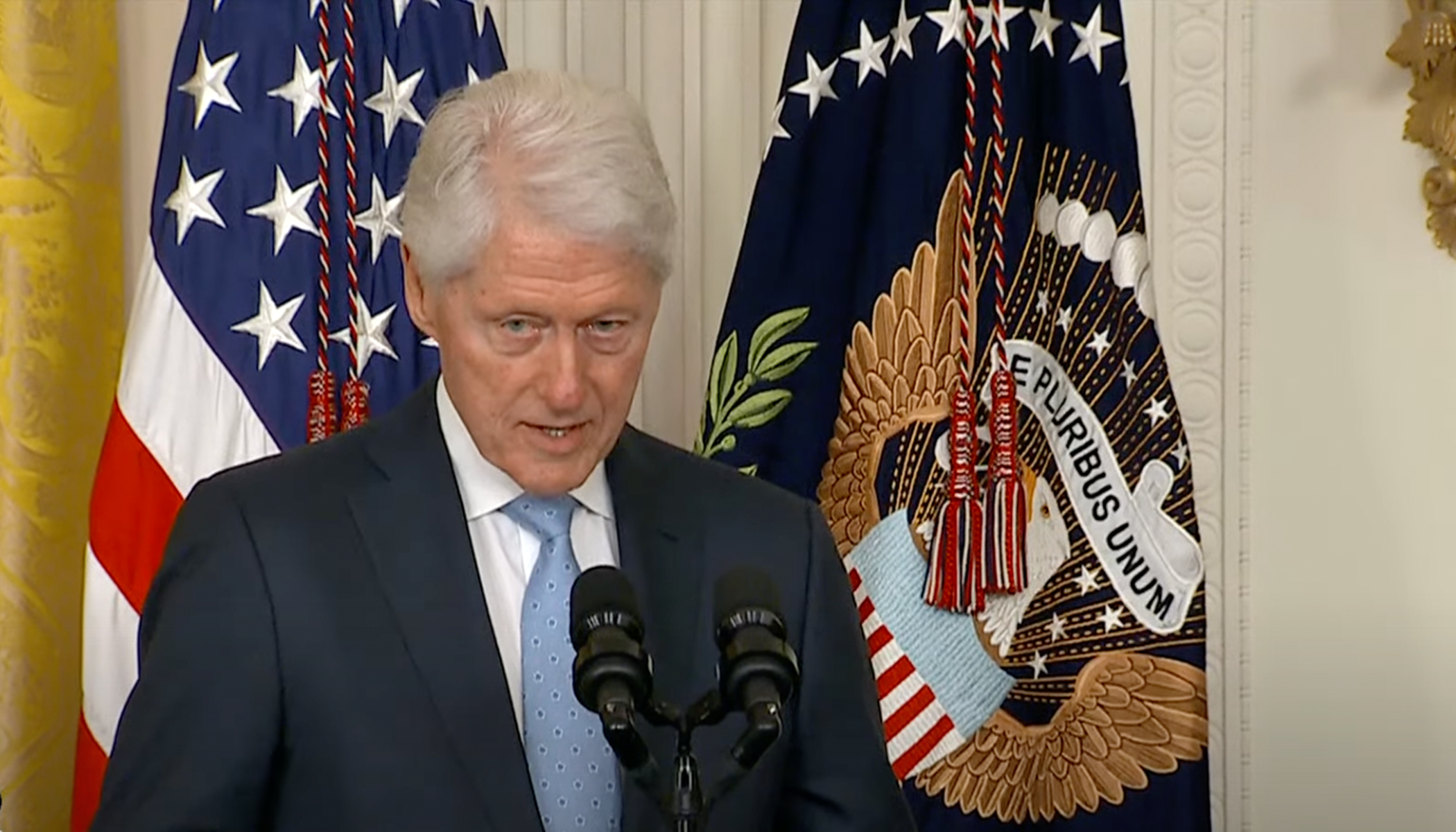Nate Silver Criticizes Polling Practices Ahead Of Election
Polling analyst Nate Silver stirred controversy recently with his criticism of polling methodologies leading up to the 2024 presidential election.
Silver, founder of FiveThirtyEight, claims that polling firms are manipulating data to artificially narrow the perceived gap between Trump and Harris, alleging "herding" practices to falsely maintain near-tied results in key states, as the New York Post reports.
The well-known prognosticator has levied serious accusations against several polling organizations, indicating that these groups are intentionally altering their findings to suggest that the election is neck-and-neck.
He specifically called out Emerson College, stating that the outlet's polls consistently show only slight differences between the presidential candidates across several key states.
Concerns Over Polling Manipulation
Silver argues that certain pollsters are resorting to "herding," using past polling data to influence new results and present an illusion of a competition that is far closer than it is, particularly in the final days before voting. He criticizes the frequent reports of narrow leads, saying such even margins across numerous surveys raise skepticism about the integrity of these results.
In contrast to these disputed poll results, Silver's own model indicates a clear lead for Trump, with a projected 55% majority over Harris's 45% as Election Day approaches.
He mentioned concerns about "GOP-leaning" polling firms consistently showing Trump with slight leads to avoid potential embarrassment should their projections be proven wrong.
Despite his criticisms, Silver commended some organizations, pointing to the New York Times as maintaining credible and trustworthy polling practices throughout the election period. He noted that recent findings from the Times/Siena College poll reported a tie between Trump and Harris at 48% each, reflecting transparency in their methods.
Praise For Reliable Polling Sources
Silver has also contributed op-eds to major publications like the New York Times, where he discussed the challenges of predicting voter behavior, particularly among Trump's base.
He observed that polling inaccuracies in previous elections stemmed from issues like "nonresponse bias," where pro-Trump voters were underrepresented, affecting the accuracy of the results in both 2016 and 2020.
Reflecting on broader trends, Silver noted that party registration is now nearly evenly split, with equal numbers identifying as Republicans and Democrats. This equilibrium presents a more volatile political landscape, contributing to the complexity of forecasting election outcomes.
Due to his longstanding involvement in political analysis -- dating back to Barack Obama's inaugural victory in 2008 -- Silver has developed a reputation for his meticulous data-driven approach. He currently shares his insights on his Substack newsletter, "Silver Bulletin."
Exploring The Merits Of "50-50" Forecasts
Silver argues that with swing state polling within narrow margins, projections of a tight race might be the most responsible course of action. He continues to emphasize that statistically, a "50-50" outlook in such scenarios reflects the inherent unpredictability of voter behavior in closely contested battlegrounds.
Within these analyses, Silver also acknowledges the personal nature of interpreting data, admitting in an op-ed that his "gut" prediction leans toward a Trump victory. His acknowledgment of an instinctive bias underscores the human element influencing even the most data-centric forecasting.
As Election Day draws near, Silver's critiques serve as a pointed reminder of the critical importance of integrity and reliability in political polling. His accusations have sparked renewed discussions on the roles and responsibilities of pollsters to provide transparent, unbiased election forecasts.
The Importance of Accurate Polling
By raising questions about the potential manipulation of polling results, Silver aims to increase scrutiny of the methodologies used by firms and stress the essential need for clarity and honesty in reflecting public opinion.
Ultimately, his assertions highlight the delicate balance between statistical models and subjective interpretation in election coverage.
As the race between Trump and Harris intensifies, the spotlight on polling practices shines brighter, emphasizing the integral, yet often contested, role these predictions play in shaping perceptions and expectations in American political life.





